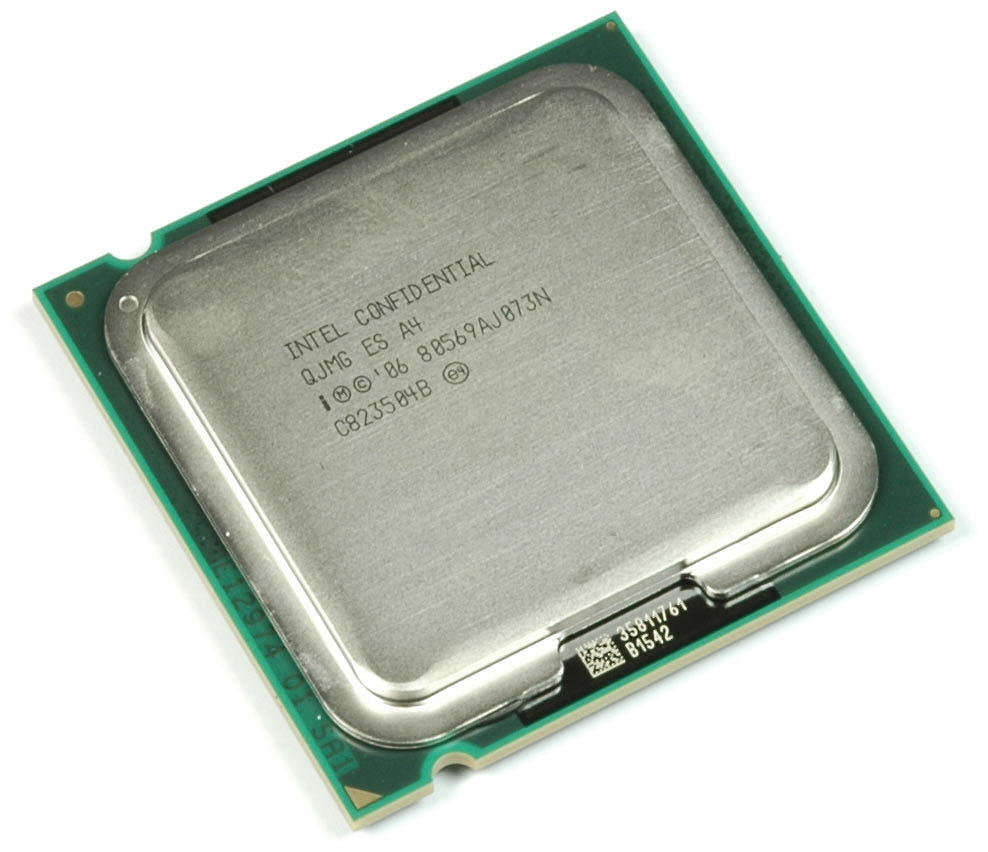Low-Power Face-Off: AMD's Athlon X2 Vs. Intel's Core 2 Duo
The Competition: Core 2 Duo And Quad S-Series
We included four different Intel processors for comparison: two dual cores and two quad cores. The quad cores certainly don’t represent an apples-to-apples comparison, but it’s interesting to see where the differences in performance and power consumption are. The dual cores are more adequate from a power consumption standpoint, although Intel clearly outperforms the AMD Athlon X2 processors in almost all the benchmarks.
Core 2 Duo E7200, E8500
The Core 2 Duo family should be well known by now. The E8500 is a model with 6 MB L2 cache, FSB1333, and 3.16 GHz, while the E7200 is an entry-level processor at 2.53 GHz, FSB1066 and 3 MB L2 cache. The cache memory is shared and used by both processing cores. Both support 64-bit operation, and the execute disable bit, but only the E8500 also supports virtualization technology and Intel’s Trusted Execution feature. Most mainstream users won’t miss any of these features, but they may be important for corporate users.
The E8000-series is interesting for people who want decent performance and a product that is highly overclockable. In contrast, the E7200 won’t win any performance comparisons, but happens to combine timely performance with low power consumption. Paired with adequate components, such a CPU can make for a great high-efficiency platform.
Core 2 Quad 8200s, 9550s
The following processors are not suited to be compared to the AMD low-power Athlons, as they are more expensive, much more powerful, and cater to very different market segments. However, we still did this, for the following reasons:
- They have the same thermal design envelopes
- We wanted to see how high-end power saving processors compare to low-end hardware
- Both Socket AM2 and Socket LGA775 have been around for a while, so drop-in upgrades are feasible
We recently looked at Intel’s new quad core offerings: the Core 2 Quad s-series. While any other quad-core is rated at a TDP of 95 W or even 130 W, these are made to stay within 65 W. This finally makes quad-core processors interesting for compact PCs, low-power solutions and all other existing Socket 775 platforms, where high temperatures, cooling noise, or power consumption aren’t an option.
Get Tom's Hardware's best news and in-depth reviews, straight to your inbox.
The s-models are much more expensive than the regular Core 2 Quad CPUs, and they don’t necessarily save a lot of power. Idle power consumption only differs by a few watts, and we found that peak power varies by roughly 15 W on average, depending on the application. We did not have a retail Core 2 Quad Q9000 processor available at the time of the review, which is why we had to go without the direct comparison. Using an underclocked QX9650 Extreme Edition is not an option for power measurements, as these typically require a bit more power, and hence aren’t representative for measurement.
The Core 2 Quad Q9550s is by far the best choice, but also the most expensive. You can also get a Core i7 processor for the same amount of cash. However, the Q9550s manages to pair quite acceptable power consumption with high performance.
Current page: The Competition: Core 2 Duo And Quad S-Series
Prev Page Regular Power: AMD Athlon 64 X2 5400+ BE (65 W TDP) Next Page Test Setup
